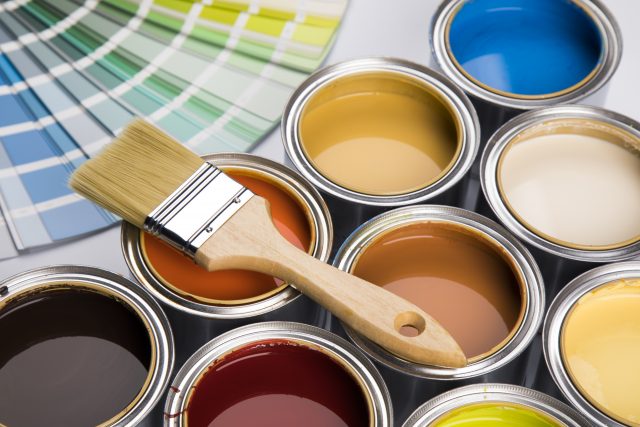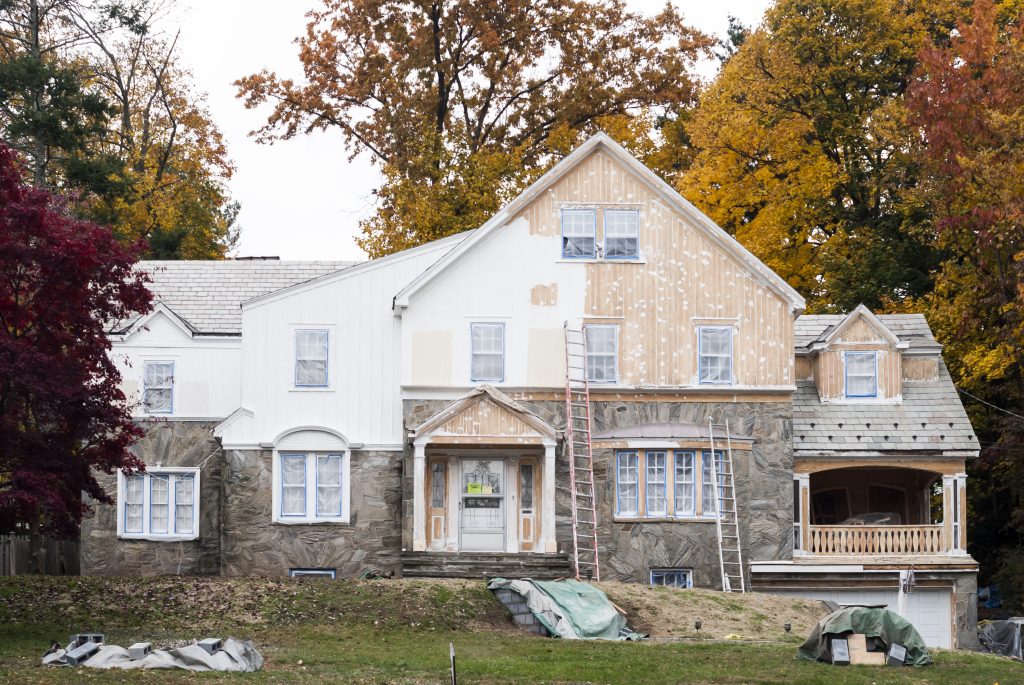
DIY projects are a great way to save money when renovating your home. Doing the work on your own means you can save money by not having to hire contractors, and you can be sure that you’re buying materials that fit your budget while still improving the look of your home. Painting your home is one of the most DIY-friendly renovation projects that you can do, so getting your project done should be a breeze. Now, you still need to make sure that you prepare for your project well in advance. Without proper preparation, you may run into snags and accidents along the way that just end up costing you more money in the long run than if you had hired a local London handyman early on.
Let’s take a look at how you can save money on your DIY home painting project.
- Measure the Area
To get the right amount of paint that you need for your project, you need to measure the area that you intend to paint. Neglecting to take measurements may lead to either over-purchasing or under-purchasing paint buckets.
If you don’t know how many paint buckets are required for the particular area that you wish to paint, you can consult expert painting services, which you can click here to access, or your local home improvement store. Painting and home renovation experts will be able to tell you how much paint you’ll need to cover the surface area you’re working on.
- Decide on Colour
Before you begin your DIY painting project, you need to be certain about the colour you want to use before making any big purchases. After all, you wouldn’t want to buy a bunch of cans of one colour only to realise you hate it once it’s actually on your wall.
To avoid this conundrum, you should request paint samples or swatches from wherever you plan on purchasing your paint. Most home improvement stores carry small tubs of various paint colours that you can try out on your wall. Get a selection of colours, paint small patches next to each other on your wall, wait for them to dry so that you’ll be able to see the final result, and then compare them. This way, you’ll know which colour you actually want to see on your wall.
- Compare Paint Prices
Once you have decided to paint your home, you should compare prices of paint among different stores. A certain store may have the brand or colour you want on sale, but not all of them will, which is why you need to compare ahead of time. Specific colours of paint may also be cheaper, which may sway you to choose that colour over another contender. Take time to research as this will save you money.
- Don’t Compromise on Quality
As much as you want to purchase cheaper paint options, make sure that you aren’t compromising on quality. In some cases, cheap prices are a reflection of the quality. You should purchase from recommended and reputable paint brands to reduce the risk of poor-quality paint.
Another way that you can test for quality is to purchase a single paint sachet for testing if possible. Once you have tried the paint on the intended surface, you can return to purchase the rest of the paint required. If you aren’t satisfied with the trial paint, you will have to continue searching for paint that will work best for your project. The trial session will at least prevent you from purchasing large quantities of poor-quality paint.
- Pressure Wash the Walls

Pressure washing the walls before you begin your painting session will save you money. Painting over a dirty wall with mould, dust, grime and mud means that you will have to use more layers of paint over the walls. Pressure washing the walls, however, means your walls will be smooth and won’t require as many coats compared to a rough and unclean surface. You can hire a pressure cleaning company that will thoroughly clean your surfaces. Alternatively, you can use a hose and a brush to clean your surfaces and remove old paint. Make sure that the surfaces dry completely before you begin the paint job.
- Paint Carefully
You need to carefully paint your house if you wish to save money—if most of the paint is on the floor after you have painted a section, it means that you’ve wasted a bunch of your paint, which costs you more money.
You need to dip your paintbrush in such a way that you take just the amount of paint needed for the surface you’re working on. Any more than that should drip back in the paint bucket and not the floor. Take your time when painting as rushing is one of the ways that you may end up wasting paint and having to purchase more buckets than you needed to.
- Re-Paint Regularly
Make it a habit to repaint regularly rather than waiting for long periods to tackle a major paint job. Waiting long periods to paint means you may have to use more paint to cover the worn-out surfaces. This may mean having to pay for another session of power washing, repairing any damages, and then eventually applying paint. You save some money if you re-paint before it becomes a major project. This is one of the reasons why it’s important to be resourceful when using paint. The leftover paint from the initial DIY project can then be used for the re-painting jobs. This means that on the second or third time around, you wouldn’t have to spend any money on more paint.
- Help the Walls to Dry
Imagine having finished a whole DIY project, and then your pet or children smudge the paint. Helping the walls to dry more quickly may save you money that you may have spent purchasing more paint to cover the smudged areas. You can decide to paint during a windy day when you can open all doors and windows. You can also use a fan to speed up the process. If temporarily moving your family and pets is an option, you can go for that route as well.
Conclusion
To save money on a DIY painting project, you need to carefully plan and research beforehand. Make sure to measure the surface area, decide on the paint colours, and compare prices before you purchase. Don’t compromise on paint quality and make sure to pressure wash the walls before you begin the job. Carefully paint to avoid waste, and repaint regularly. Try helping the walls to dry more quickly to avoid having to paint over smudged areas. Before you know it, you’ll have a home that looks brand new.













